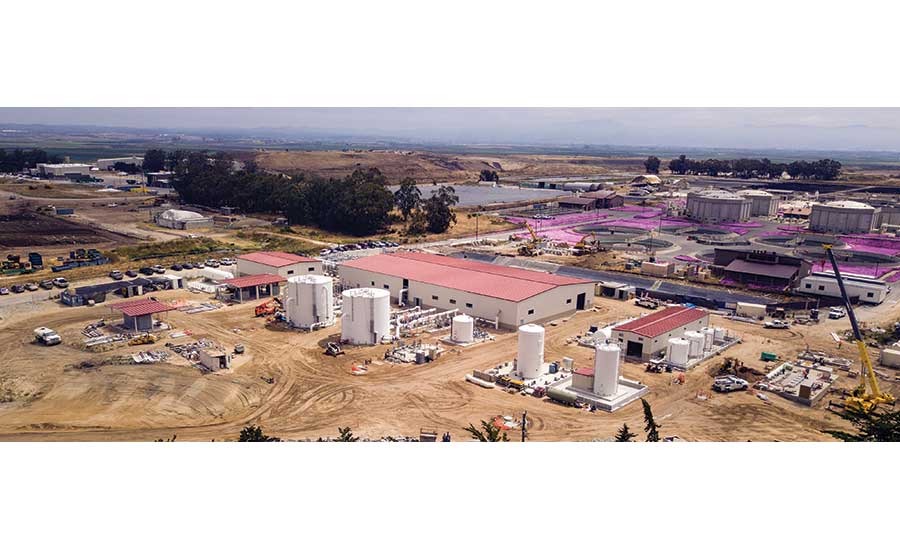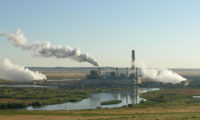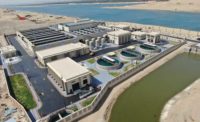Water recycling and other forms of reuse—such as direct potable reuse—have become mainstream enough to attract the attention of the U.S. Environmental Protection Agency. In April, the agency began seeking input to develop a framework to “accelerate the application of water reuse as a safe, reliable and sustainable way to meet the country’s current and future water demands.” Companies involved in the sector are planning to share knowledge with the EPA, which is accepting comments until July 1 and plans to release a draft of a water reuse action plan in September.
The topic was also in the forefront of discussion for those attending the American Water Works Association’s annual conference in Denver in early June.
“People keep stopping me in the hall and asking if Flagstaff is going with direct potable reuse,” says Katie Vanyo, an environmental engineer with Brown and Caldwell, which has helped the Arizona city study the possibility of direct potable reuse as part of its 100-year master plan. “It’s definitely a contender, and Flagstaff is doing all the right steps to get there,” she said during a session on reuse technologies at AWWA’s conference.
The state of Arizona rescinded its prohibition on direct potable reuse on Jan. 1. The city already treats water from its wastewater plant to produce artificial snow for the Snowball ski area.
One other possibility for the city is pumping groundwater uphill, an expensive proposition that makes potable reuse even more cost competitive. Because of space and cost constraints, the Flagstaff facility would not use reverse osmosis, which would require much more land and expense to dispose of brine concentrate, a by-product of the process. Brown and Caldwell has proposed an ozone and biological treatment that would cost $145 million, compared with $244 million for reverse osmosis.
Allegra da Silva, Brown and Caldwell regional One Water practice leader, said in a separate session during the conference that innovations will help make potable reuse more affordable.
Another session at the conference explored Monterey, Calif.’s construction of an advanced water purification facility to treat 5 million to 7 million gallons of water a day for agricultural use and injection.
The Monterey facility is just one of several reuse facilities in the state, which in 2015 accounted for 715,000 acre-ft of water, according to a presentation by Sarah Rhodes of Woodard and Curran. There are 20 additional projects in the works that could add to the state’s groundwater by an additional 212,000 acre-ft per year, Rhodes said. Five projects are also being considered to augment surface water up to 118,000 acre-ft per year. California is currently considering regulations for direct potable use.
da Silva says in many locations, the only reason to have indirect potable use, rather than direct potable use, is public perception.
However, she says injecting that water, in some cases, actually degrades the quality of the water. Pathogens from wildlife can contaminate the water.





Post a comment to this article
Report Abusive Comment